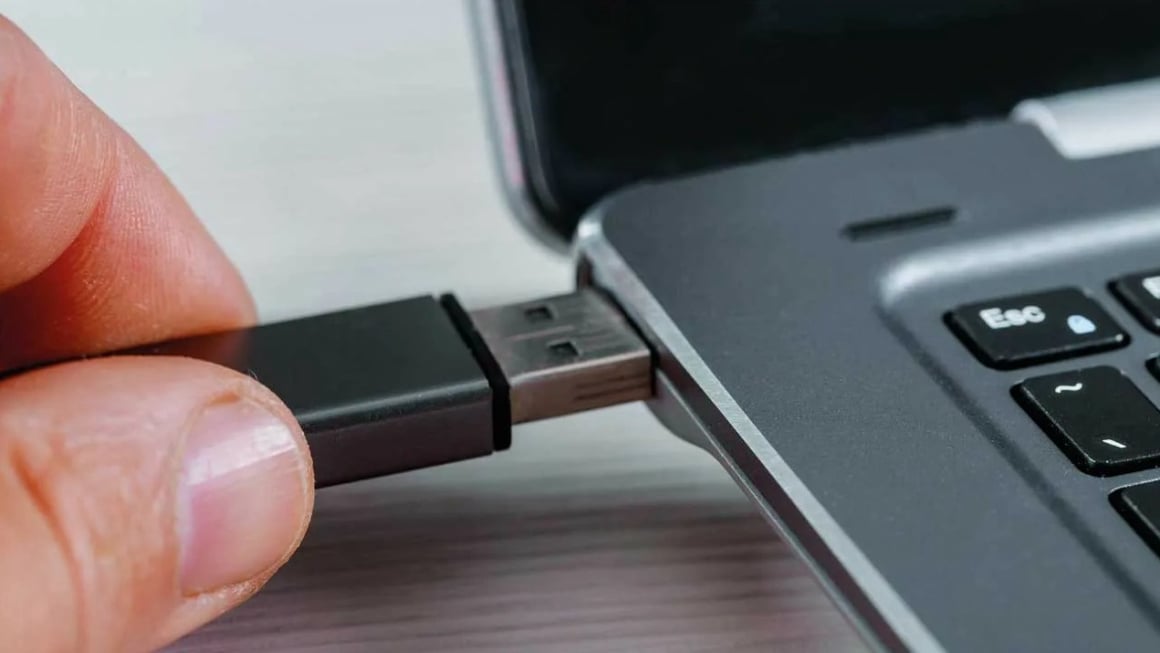Laptop usb stick not showing up? Don't Panic, Try These Software Solutions First
Discovering your laptop usb stick not showing up can be alarming, but in the vast majority of cases, the cause is a software glitch, not a hardware failure. Before assuming the worst, it's important to methodically work through a series of software-based fixes designed to re-establish communication between your operating system and the drive. This guide consolidates the most effective software solutions, from simple refreshes to deeper system interventions, to resolve the usb flash drive not showing up on laptop issue without needing to open your machine.
The simplest solutions are often the most effective. Start by physically removing the USB stick and restarting your laptop. A reboot clears temporary system caches and resets the USB controller, which can resolve a transient laptop usb problem. After the restart, try plugging the stick into a different USB port. This helps determine if the issue is with one specific port or is system-wide. If the drive works in another port, you have a laptop usb not working issue localized to that single port, which is valuable diagnostic information.
If a simple restart doesn't work, your next stop should be the Disk Management tool. This utility displays all storage devices connected to your system, even if they aren't accessible in File Explorer. If your USB stick appears here but is missing a drive letter (like E: or F:), that's the core of the problem. Right-click on the volume and select "Change Drive Letter and Paths," then assign an available letter. This action alone solves a significant number of usb stick not showing up on laptop cases by making the partition visible to the file system.
Driver conflicts are a common source of the laptop not recognizing usb device error. To address this, open Device Manager and look under "Disk drives" for your USB stick. If it's listed with a yellow exclamation mark, the driver is corrupted. Right-click and select "Uninstall device." Then, unplug the USB stick and plug it back in. Windows will automatically reinstall the driver. For a more thorough reset, you can also uninstall the "USB Mass Storage Device" driver and the related "USB Root Hub" entries under "Universal Serial Bus controllers" before a reboot.
The Windows Hardware and Devices Troubleshooter is an automated tool that can diagnose and fix common problems. You can access it through the Settings menu under "Update & Security" and then "Troubleshoot." Running this troubleshooter can automatically detect and resolve configuration issues that lead to a usb disk not showing up laptop scenario. It can reset device configurations, change power settings, and apply common fixes without requiring you to know the exact technical steps, making it a great option for less technical users.
If the drive is still not detected, you can use the DiskPart command-line utility as a final software effort. Open Command Prompt as an Administrator and type diskpart, then list disk. This will show all disks; your USB drive should be listed here. If it is not visible in Diskpart at all, the issue is almost certainly a hardware failure with the stick itself. If it is listed, you can attempt to clean and create a new partition, but be warned: this will erase all data. After trying all these software solutions, if the laptop usb flash drive not showing up problem persists, the USB stick itself is likely faulty.
